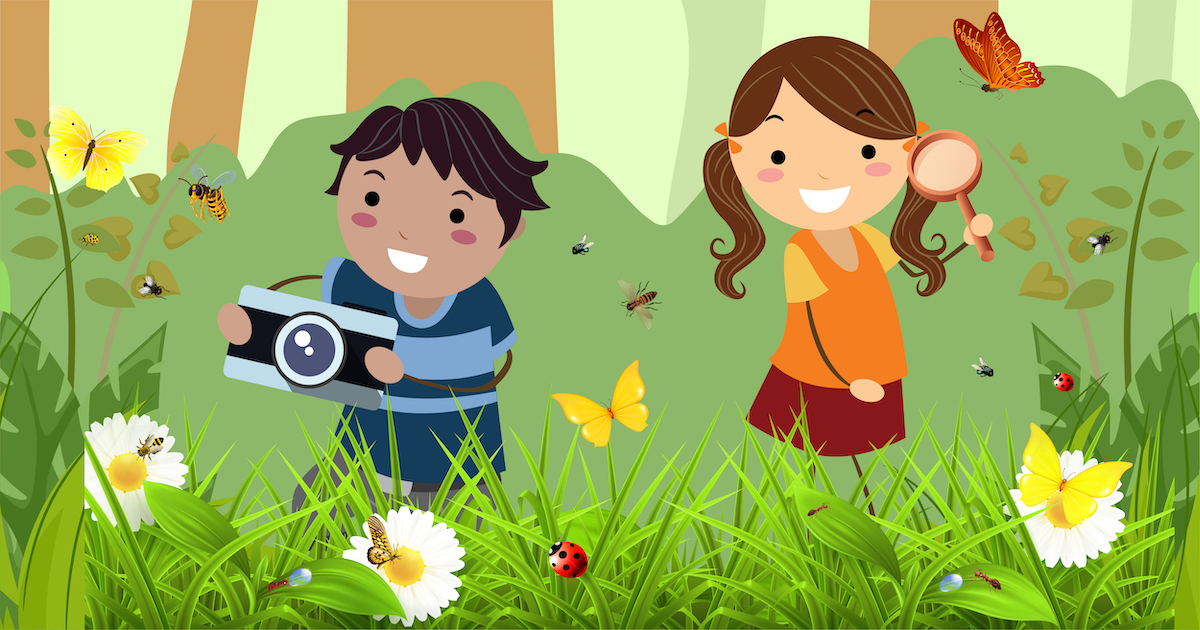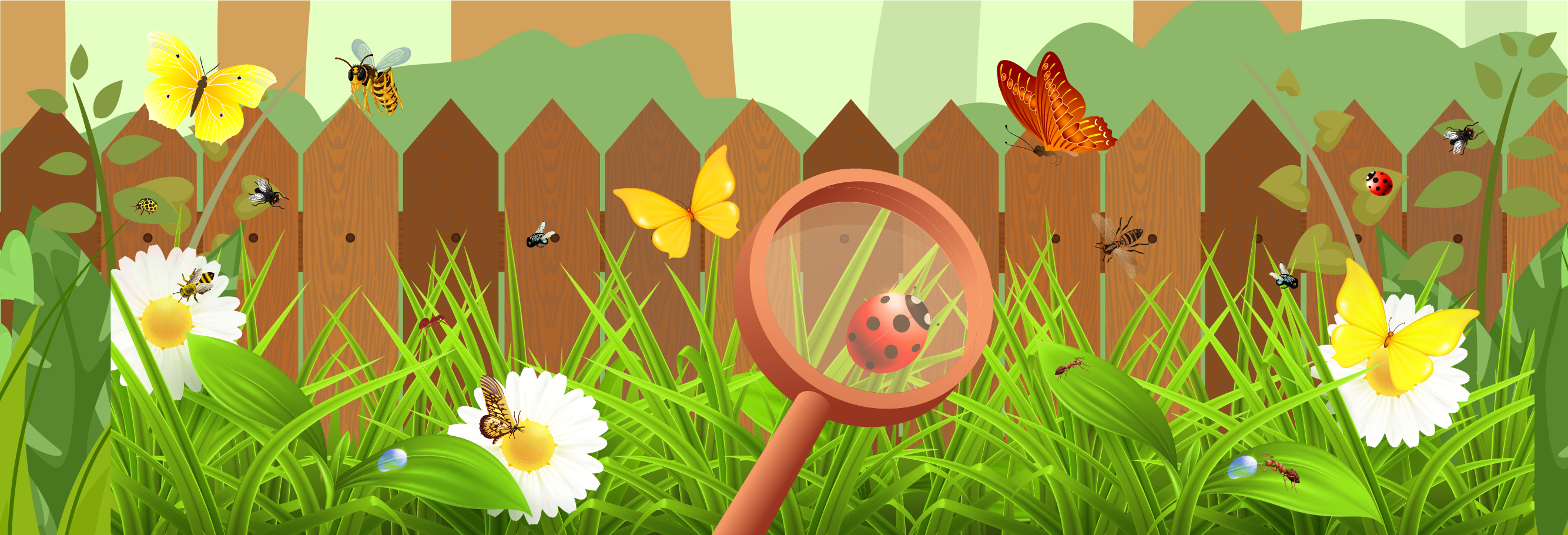
When we think of insects and flowers, we imagine a European honey bee walking all over the flower, collecting pollen and taking it back to their hive. This is where our honey comes from. These honey bees are easy to see, there’s lots of them and they are easy to spot with their black and yellow bands.
But what about all the rest? Did you know, Australia has lots of wild pollinator insects?
Many native insects contribute to pollination in crops and gardens all around the country. Some are social and live in hives or nests, just like the honey bees, but many live alone. Some can be big, while others are tiny. Some have a nasty sting, while many have no sting at all.
What is pollination?
Pollination occurs when pollen grains (male part) reach the stigma (female part) of the same species of plant. This is how plants reproduce. Most flowering plants (90 percent) depend on animals for pollination. Pollinating animals do the job for a reward – food!

Pollinators in the garden
Step 1
Have a look at what wild pollinators could be living in your backyard by downloading the Pollinator Insects Guide.
Step 2
Head out into your backyard and look for any insects that are hanging around plants with flowers. Take photos of them if you can as this can help you identify them later on.
*WARNING: do not touch insects only observe them as some insects have a nasty sting*
Step 3
Using the RECORDING SHEET tally the number of different insects you are seeing. If you don’t know their name, that’s okay, just try to work out which group of insects they belong to. How many did you spot?
Step 4
Create an artwork of your favourite wild pollinator that you observed. This could be a painting, drawing or 3D model made from items in your backyard.
Send us a photo of your creation
With parent/guardian permission, submit a photo of your creation and it could be displayed on the website and the Hunter Local Land Services Facebook page.
